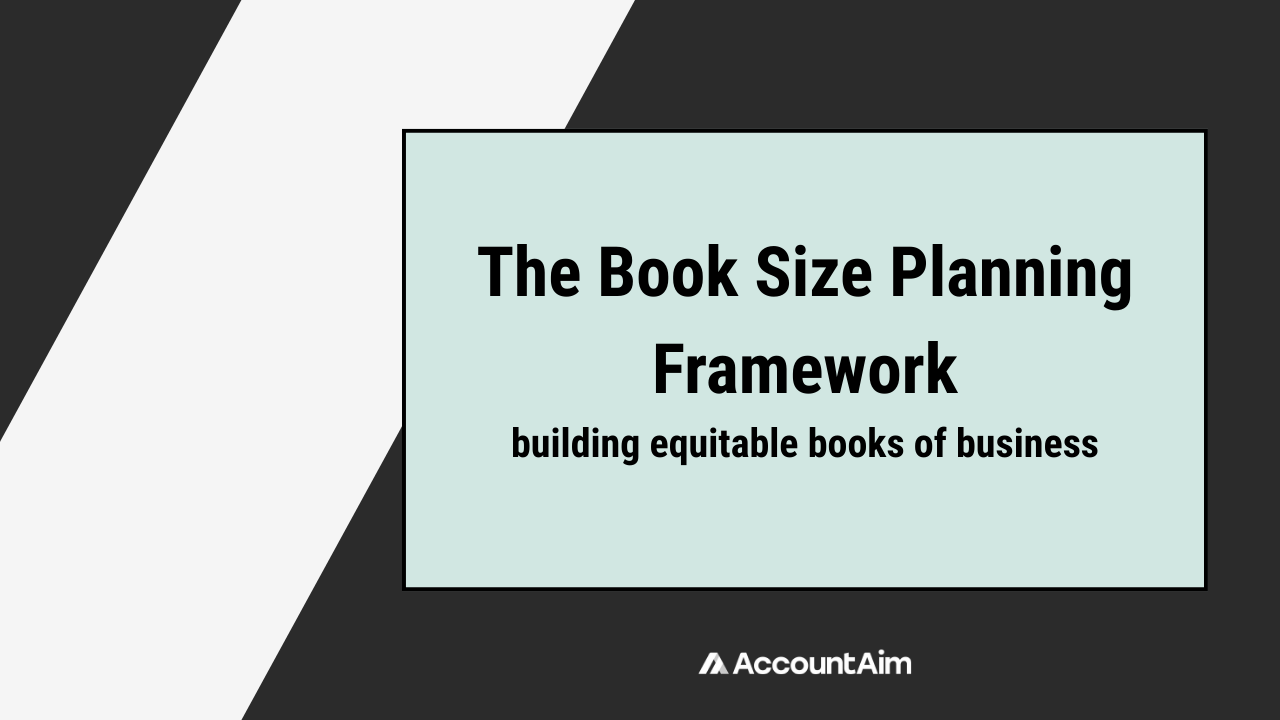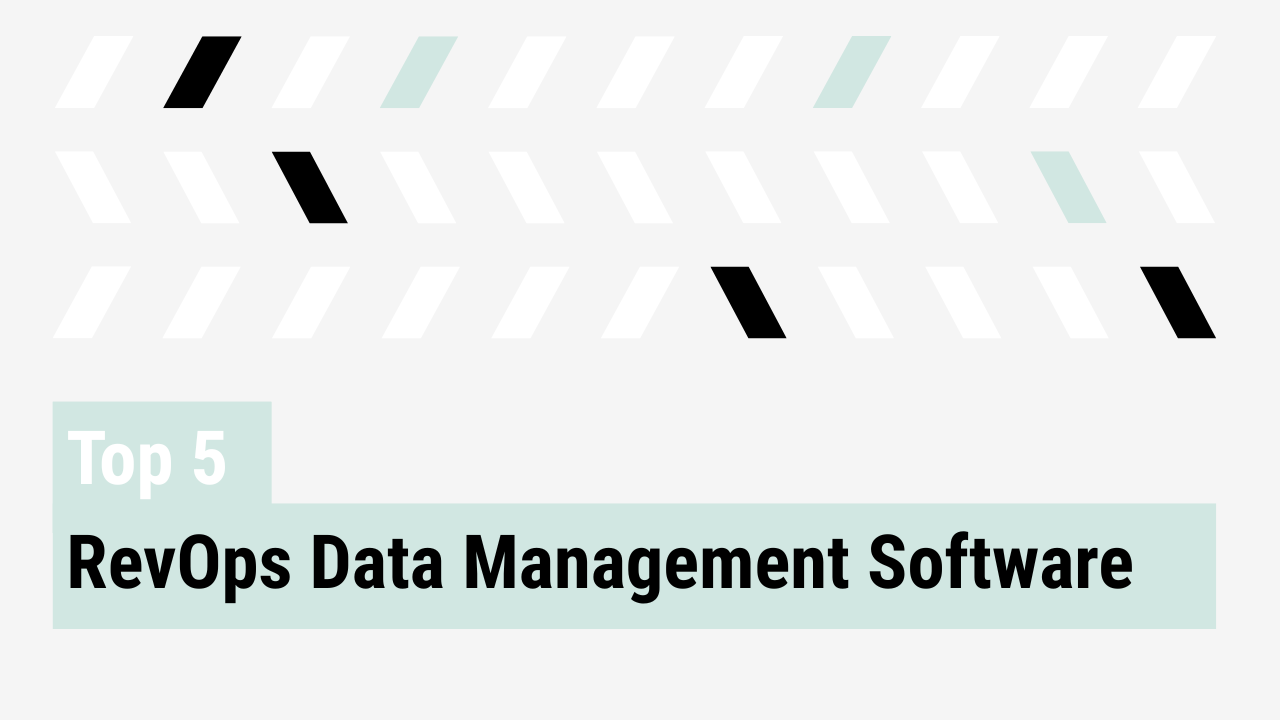Building equitable books of business that prevent burnout
Fairness is often overlooked in sales planning, yet it is the difference between high-performing teams and high attrition. When books of business are assigned inequitably, the result is predictable: burnout, disengagement, and lost revenue. Equitable book distribution is not just a nice-to-have. It is the backbone of sustainable growth. The Book Size Planning Framework gives RevOps and GTM leaders a structured approach to building equity into territory and quota planning without sacrificing performance.
The hidden costs of inequitable books
Territory design has a measurable impact on results. Companies with ineffective design underperform by 15% compared to peers with structured processes (Sales Management Association). The problem compounds over time. Up to 50% of territories drift by 20% in size or potential within a year (Axtria). Left unaddressed, that drift undermines fairness and performance alike.
Outcomes are shaped by more than effort alone. Territory potential plays a decisive role, which means quota and evaluation must adjust accordingly. Without this adjustment, reps feel penalized by structural disadvantages, which accelerates burnout.
Building the book size planning framework
A framework for sustainable book planning rests on three principles: fairness, transparency, and adaptability.
Key inputs:
- TAM analysis to size market opportunity
- Account scoring back-testing to confirm high-potential accounts
- Rep capacity modeling to align workload with reality
- Scenario planning to account for hiring, turnover, and ramp
Make it a repeatable process. Regular territory performance reviews should be anchored in data. Quotas need to be tied to territory potential rather than historical attainment. Book planning should be treated as a continuous cycle, not a one-off event
This structure reduces overload, balances opportunity, and ensures that performance is measured on a level playing field. It also creates a foundation for equitable book distribution, giving every rep access to a fair share of market potential and building trust across the team.
Lessons from the field
Organizations using structured book planning see both performance and trust improve. In the real world, equitable book distribution matters because it ensures that no rep is unfairly advantaged or disadvantaged by their assigned accounts. Balanced workloads foster engagement, reduce turnover, and make it possible for teams to focus on selling rather than second-guessing the fairness of their assignments.
- One AccountAim customer cut territory deep dives from two weeks to two hours, shifting focus from manual reporting to strategic action
- Mosaic achieved 23% higher opportunity creation rates and unlocked $1.9M in incremental pipeline by adopting systematic account prioritization and market coverage. Rep involvement in the process created buy-in and eliminated the “black-box” feel of older methods. Read the full story here.
The evidence is clear: equitable frameworks deliver tangible results.
Operationalizing equity in practice
For RevOps and GTM leaders, the path forward is practical:
- Quota-setting: calibrate goals to territory potential, not just past performance
- Quarterly recalibration: incorporate drift checks to maintain balance
- Manager enablement: apply scenario planning to hiring, turnover, and ramp scenarios
- Burnout prevention: balanced workloads cut attrition costs, which average $155K per rep when replacements are required (Xactly)
Equity is a lever for performance and retention. Reps notice and appreciate when distribution is handled fairly, because it validates their effort and gives them confidence that success is within reach. This sense of fairness strengthens morale, fosters trust in leadership, and motivates teams to stay engaged and committed.
Build equitable book distribution
The old approach to book planning was subjective, static, and inequitable. It drained energy from teams and left revenue untapped. The Book Size Planning Framework offers a better model: structured, transparent, and equitable.
For senior operators, the message is clear: equitable book distribution is a strategic advantage. It drives sustainable revenue growth, protects your talent, and positions your GTM engine for long-term success.



